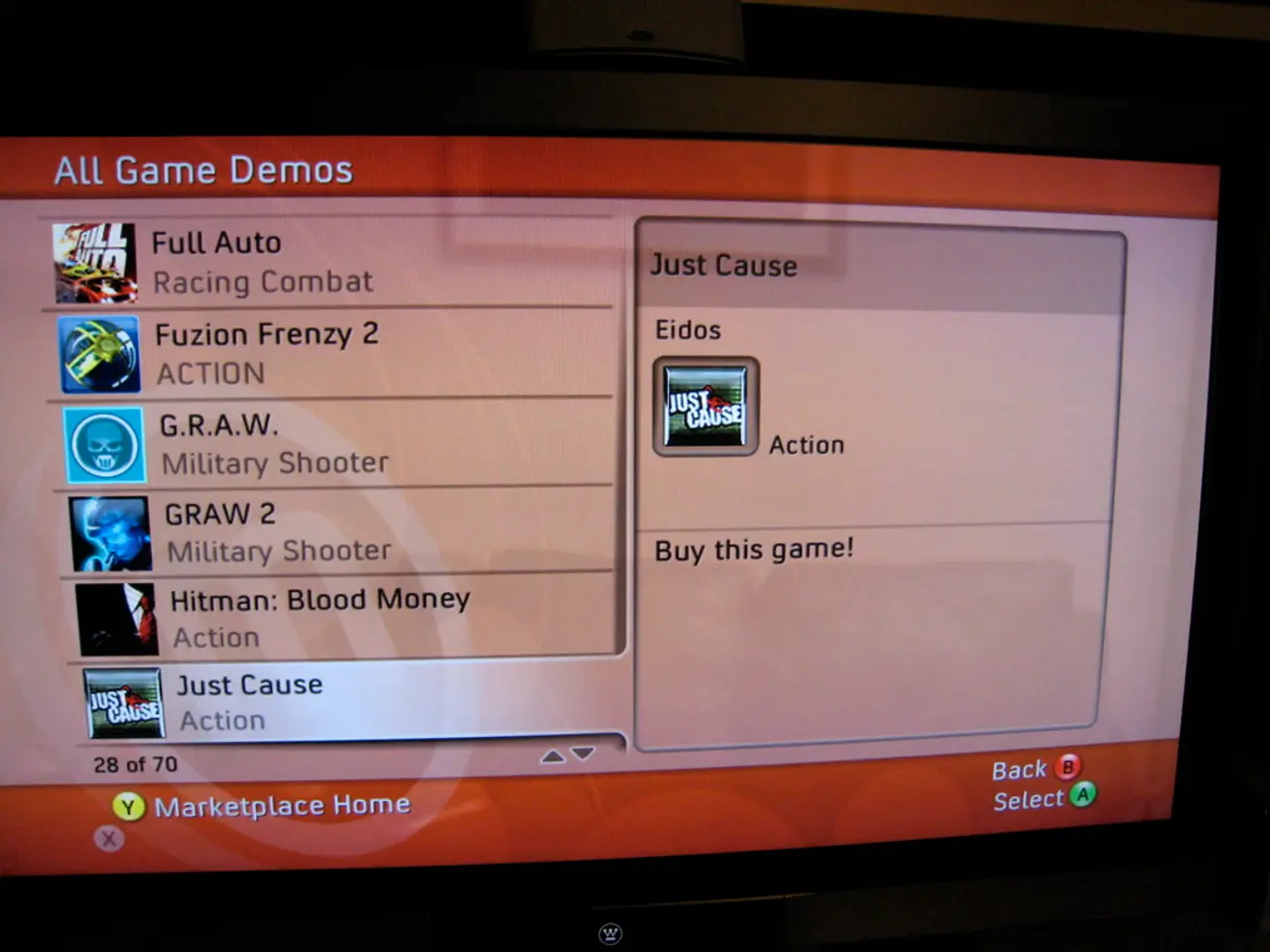Crytek's 25-year artistic voyage offers motivation for upcoming video game artists
In the world of video game development, Crytek's story serves as a beacon for aspiring indie creators. This German studio's journey, documented in their new series, offers a fascinating insight into the transformation from hobbyist to industry leader.
Their ascent began with X-Isle, a real-time rendering showcase that served as a visual sandbox for Crytek to refine their craft. Initially developed to showcase Nvidia's GeForce 3 hardware at E3 2001, X-Isle laid the foundations for Crytek's technological prowess, particularly in advanced graphical effects like normal mapping.
The experience with X-Isle informed and shaped the development process of their next project, Far Cry. This transition involved leveraging their in-house technology and refining their game concept into a more ambitious and polished title. Far Cry was directed by Cevat Yerli and built using Crytek’s proprietary engine, which significantly evolved from the tech demo foundation laid by X-Isle.
The development focused on open environments, realistic lighting, and AI to deliver an immersive experience. The tropical jungles, enemy bases, secret labs, and sniper-filled ruins of Far Cry's setting were a testament to this ambition. The art in Crytek's early games didn't follow the game engine; it evolved with it.
The influence of these designs can still be seen in modern stylus workflows and software like Blender and Procreate. Crysis, released in 2007, further cemented Crytek's reputation as a visual powerhouse, becoming a visual benchmark and a hardware stress test.
Fast forward to today, Crytek has announced that more episodes are on the way, with future entries diving into Crysis, Ryse, and more. The debut episode of the documentary series, "Our Story - Episode 1," is now live on YouTube, offering an in-depth look into the creation of these iconic games by a small indie team in Germany. The episode showcases concept art for the nanosuit, alien exoskeletons, and experimental terrain maps, providing a glimpse into the creative process behind these groundbreaking titles.
So, if you're interested in the journey of a small indie team that made a significant impact on the gaming industry, Crytek's documentary series is a must-watch. It's a reminder that great games often start with little more than a sketch, a shared vision, and the right tools.
- Crytek's transformation from a hobbyist studio to an industry leader was inspired by their work on X-Isle, a visual sandbox that showcased advanced graphical effects like normal mapping.
- The technological prowess of Crytek, particularly in the field of graphics, was laid by X-Isle, initially developed to showcase Nvidia's GeForce 3 hardware.
- The game design philosophy at Crytek doesn't just follow the game engine; it evolves with it, a legacy that can be traced in modern stylus workflows and software like Blender and Procreate.
- The art in Crytek's early games, such as Far Cry and Crysis, were a testament to their ambition and technological advancements, setting visual benchmarks in the gaming industry.
- The debut episode of Crytek's new documentary series, "Our Story - Episode 1," offers an in-depth look into the creation of their iconic games, providing insights into the design process and the use of their in-house technology.
- Concept art for the nanosuit, alien exoskeletons, and experimental terrain maps, featured in the documentary series, offer a glimpse into the creative process behind these groundbreaking titles.
- The documentary series highlights the fact that great games can often start with little more than a shared vision, a sketch, and the right tools, as seen in Crytek's journey.
- The creative process behind Crytek's games, such as the design of logos, layouts, and 3D models, can be studied and learned through tutorials and guides, inspiring aspiring artists and designers in the gaming industry.
- The influence of Crytek's designs extends beyond the gaming world, impacting various aspects of art, technology, and even artificial intelligence, as well as influencing the designs of gadgets and user interfaces.








